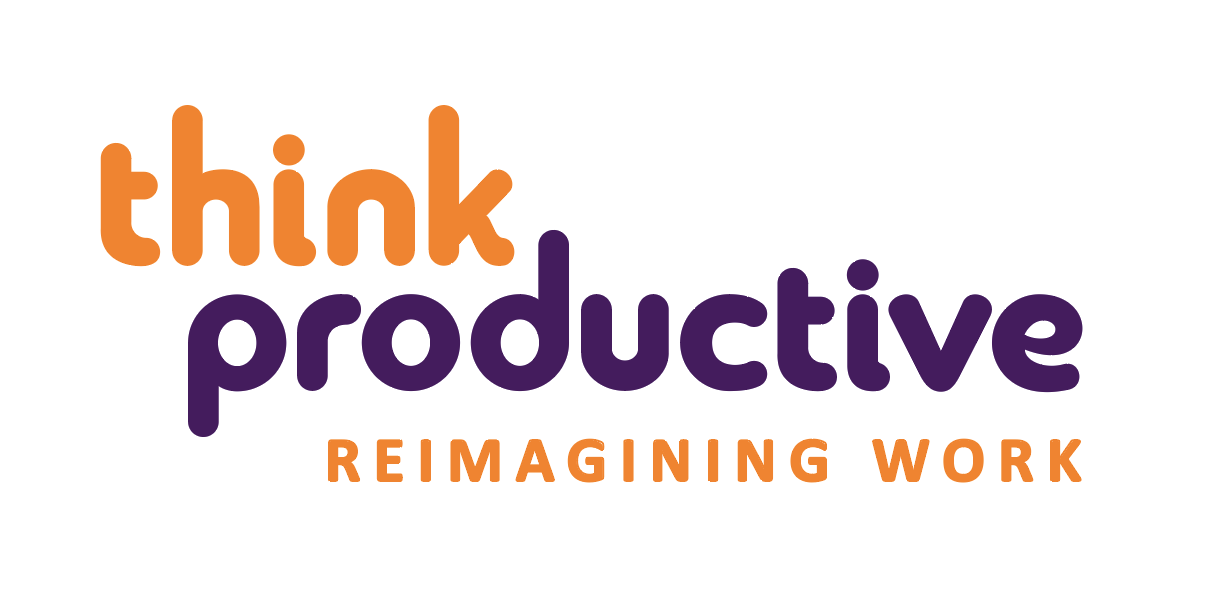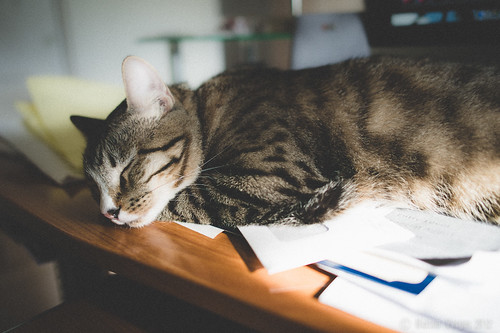Every job will have within it a range of tasks. These will often range from making huge decisions about what to do and when to do it, through to updating contact information, filing things away or changing the printer cartridge. Once you start to focus on your attention levels, you’ll start to realize that it’s a criminal waste to be changing the printer cartridge during a period of proactive attention. It’s like using a sledgehammer to crack a nut, although in that moment it probably feels no different to when you change the printer cartridge at any other time. Yes, attention management is certainly a subtle game. Here is what I like to try and pigeon hole to specific attention levels if at all possible:
Proactive Attention
- Key decisions
- Project planning and reviews
- Most phone calls
- Critical emails
- Chairing meetings
- Creative thinking
Active Attention
- Day-to-day decisions
- Scheduling the day’s work or keeping on top of action lists
- Internet research
- Most email processing
- Attending meetings
- Preparing for meetings
Inactive Attention
- Filing Ordering stationary
- Printing stuff out
- Deleting emails or throwing away paperwork no longer needed
- Attending meetings I’m not invested in but can’t avoid
- Making tea!
It’s worth thinking about your natural strengths and weaknesses here. Save tasks that you find particularly difficult for when your attention level is proactive, leave the intense-but-easier stuff for those active attention times and try to save up the easy or dull stuff for when you’re capable of little else.
Whilst there will be patterns to your proactive attention, it changes from day today and sometimes from minute to minute. Therefore, to be able to schedule or select your work appropriately to your attention level, you need to have all possible options available to you so that you’re always free to make informed choices from a position of confident, calm.
Since a lot of the work of defining the best ways to achieve your tasks needs to be done when you have the proactive attention available to be able to make critical and strategic decisions, you need to ensure that you do your thinking when your attention is proactive. Finishing this thinking is what gives you the best possible range of options to choose from and the best possible information to support your decisions about what your worker-self should be doing. Being caught in a period of inactive or active attention and not having a clue about all the possibilities of what’s out there to do next very quickly leads to a lack of clarity, stress, procrastination and bad decisions.
Do you want to learn more about your attention and how you can protect it? Our Time Management Training explores various Productivity Ninja tactics which will help you not just protect your time but also your attention, to get more done.


Some excellent ‘why didn’t I think of that’ ideas! We all have times when we struggle to focus on decisions or detailed work. Understanding your personal productivity rhythm and working within your peaks and dips will certainly improve productivity. With practice many can leave the office with a better sense of achievement for a good day’ s work.
Yes there’s nothing more frustrating than working against yourself and you might find that sense of achievement arrives quite quickly!